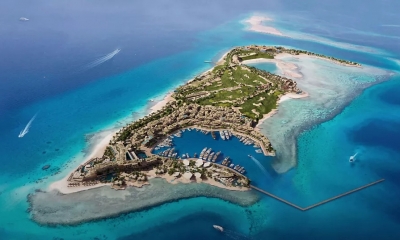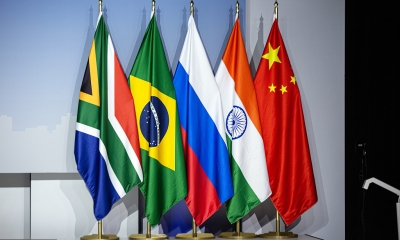The Belt and Road Initiative and Saudi Vision 2030 Will Bring New Prosperity
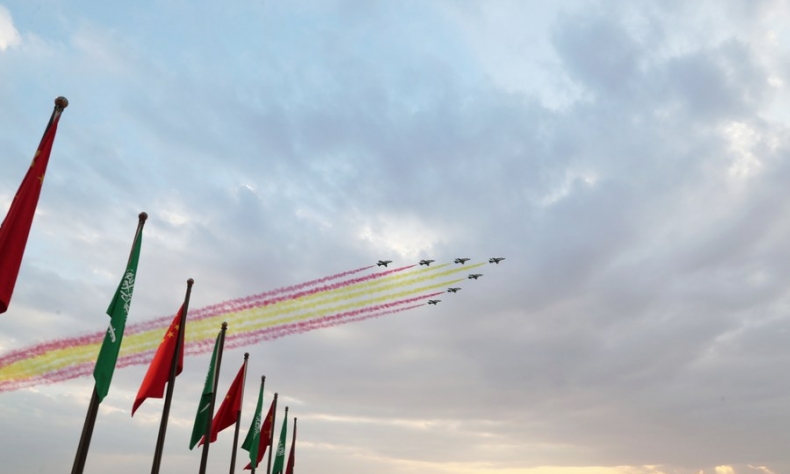
In this spirit of partnership, the Belt and Road Initiative and Saudi Vision 2030 beckon us to envision a world where boundaries are bridges and differences are opportunities.
In an era marked by globalization, interconnectedness, and dynamic shifts in the global economy, nations are increasingly recognizing the importance of forging strong partnerships to achieve sustainable growth and development. Two prominent initiatives, among others, that exemplify this principle are the Belt and Road Initiative (BRI) proposed by China and Saudi Vision 2030, undertaken by Saudi Arabia. While originating from distinct regions and contexts, these initiatives share a symbiotic relationship that not only enhances the economic fortunes of both nations but also fosters international cooperation and mutual benefit.
Initiated by Chinese President Xi Jinping in 2013, the Belt and Road Initiative is a monumental project that seeks to rekindle the ancient Silk Road trading routes and connect Asia, Europe, and Africa through an intricate network of infrastructure, trade, and cultural exchange. By focusing on both land-based corridors and maritime routes, the BRI aims to catalyze economic growth, foster cultural understanding, and facilitate trade and investment among participating countries.
At its core, the BRI is a testament to China’s commitment to global economic development and collaboration. Through the creation of physical infrastructure such as roads, railways, ports, and energy facilities, China is laying the groundwork for enhanced connectivity and seamless movement of goods and people across vast geographic regions. Moreover, the BRI promotes people-to-people exchanges, academic collaboration, and cultural dialogue, fostering a spirit of mutual respect and cooperation that transcends national borders.
In parallel, Saudi Arabia embarked on a transformative journey with the launch of Saudi Vision 2030 in 2016. This visionary roadmap, championed by Crown Prince Mohammad bin Salman, is designed to propel the nation from an oil-dependent economy to a diversified and dynamic one. At its core, Saudi Vision 2030 seeks to unlock the full potential of the Saudi people and resources, fostering a society marked by innovation, entrepreneurship, and sustainability.
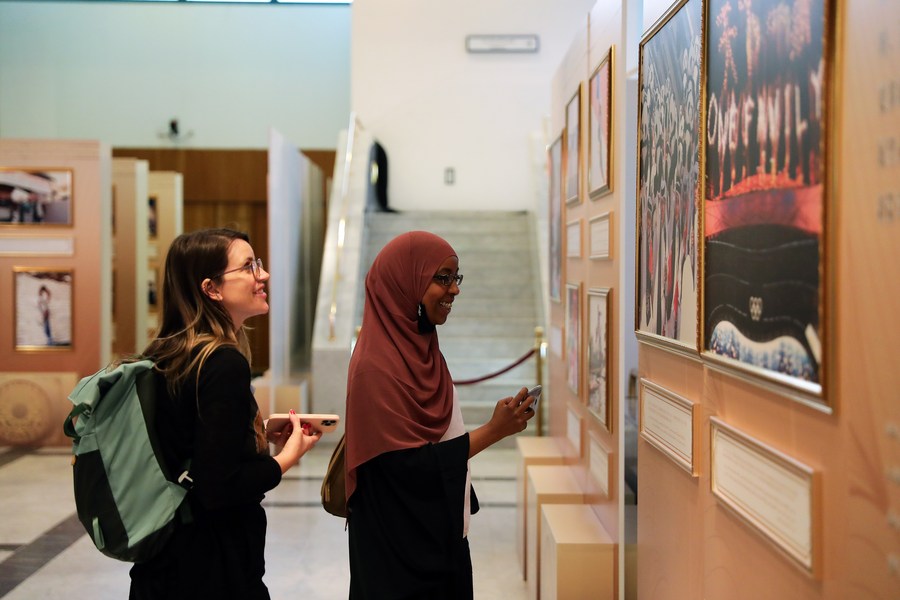
Central to Saudi Vision 2030 is the drive to diversify the economy beyond oil revenues. The initiative focuses on developing sectors such as tourism, entertainment, technology, healthcare, and renewable energy. Saudi Vision 2030 is focused on world new frontier technologies, economic transformation and other fields. They include cloud computing, fintech, AI, new energy, internet of things, smart cities and medical sciences. All those areas fit exactly the advantages of Chinese businesses and thus offer enormous opportunities for BRI and Saudi Vision 2030 collaboration. These sectors not only contribute to economic growth but also enhance the quality of life for Saudi citizens. Moreover, Saudi Vision 2030 promotes cultural openness, artistic expression, and women’s empowerment, driving societal transformation and enriching the fabric of the nation.
While the Belt and Road Initiative and Saudi Vision 2030 may originate from different geographies, cultures, and historical contexts, their paths intersect in ways that create a powerful synergy for both nations. This intersection represents an opportunity to amplify the benefits of each initiative and foster a partnership that transcends economic considerations, contributing to global stability and prosperity.
The BRI’s emphasis on infrastructure development aligns seamlessly with Saudi Vision 2030’s aspirations. By connecting Saudi Arabia with key markets along the BRI routes, the nation gains access to a broader customer base, while the initiative itself benefits from Saudi Arabia’s strategic geographic location as a gateway to the Middle East. China’s expertise in infrastructure development complements Saudi Arabia’s ambitions to build state-of-the-art cities, transportation networks, and energy facilities, enhancing economic growth and sustainability.
The economic diversification advocated by both initiatives creates opportunities for complementary growth. As China seeks to expand its markets and reduce overcapacity in certain industries through the BRI, Saudi Arabia’s emerging sectors stand ready to absorb Chinese investments and technologies. Saudi Vision 2030’s emphasis on technology, renewable energy, and tourism aligns with China’s expertise in these domains, creating a fertile ground for collaboration and knowledge sharing.
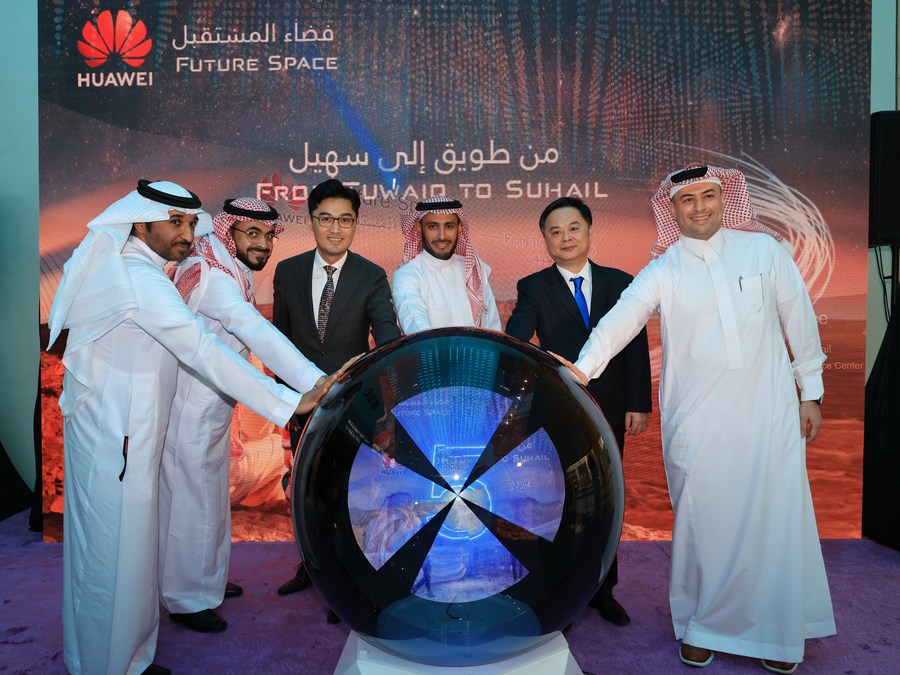
At the heart of both initiatives lies a commitment to fostering cultural understanding and people-to-people bonds. The BRI’s cultural exchanges and academic collaboration efforts create bridges of knowledge and mutual appreciation between China and the participating countries. Saudi Vision 2030’s focus on cultural openness and creative expression complements this aspect, enabling Saudi Arabia to become a regional cultural hub that engages with the global community.
The convergence of the Belt and Road Initiative and Saudi Vision 2030 transcends individual projects or economic gains. It signifies a commitment to partnership that can shape the economic, social, and cultural landscapes of both nations and beyond. By embracing this confluence of visions, China and Saudi Arabia have an unprecedented opportunity to showcase the potential of international collaboration for the greater good.
The shared objectives of infrastructure development, economic diversification, and cultural exchange create a solid foundation for a mutually beneficial partnership. This partnership is not just about the bilateral relationship between China and Saudi Arabia; it’s about setting an example of how nations can come together to overcome challenges, promote prosperity, and contribute to a harmonious global community.
In a world where challenges such as climate change, economic inequality, and geopolitical tensions abound, initiatives like the Belt and Road Initiative and Saudi Vision 2030 serve as beacons of hope. They remind us that by working together, nations can amplify their strengths and address shared challenges, leaving a legacy of cooperation, progress, and prosperity for generations to come.
In this spirit of partnership, the Belt and Road Initiative and Saudi Vision 2030 beckon us to envision a world where boundaries are bridges and differences are opportunities. As we celebrate the union of these transformative initiatives, let us embrace the potential they hold to shape a brighter, interconnected, and inclusive future for all.
The article reflects the author’s opinions, and not necessarily the views of China Focus.
 Facebook
Facebook
 Twitter
Twitter
 Linkedin
Linkedin
 Google +
Google +




